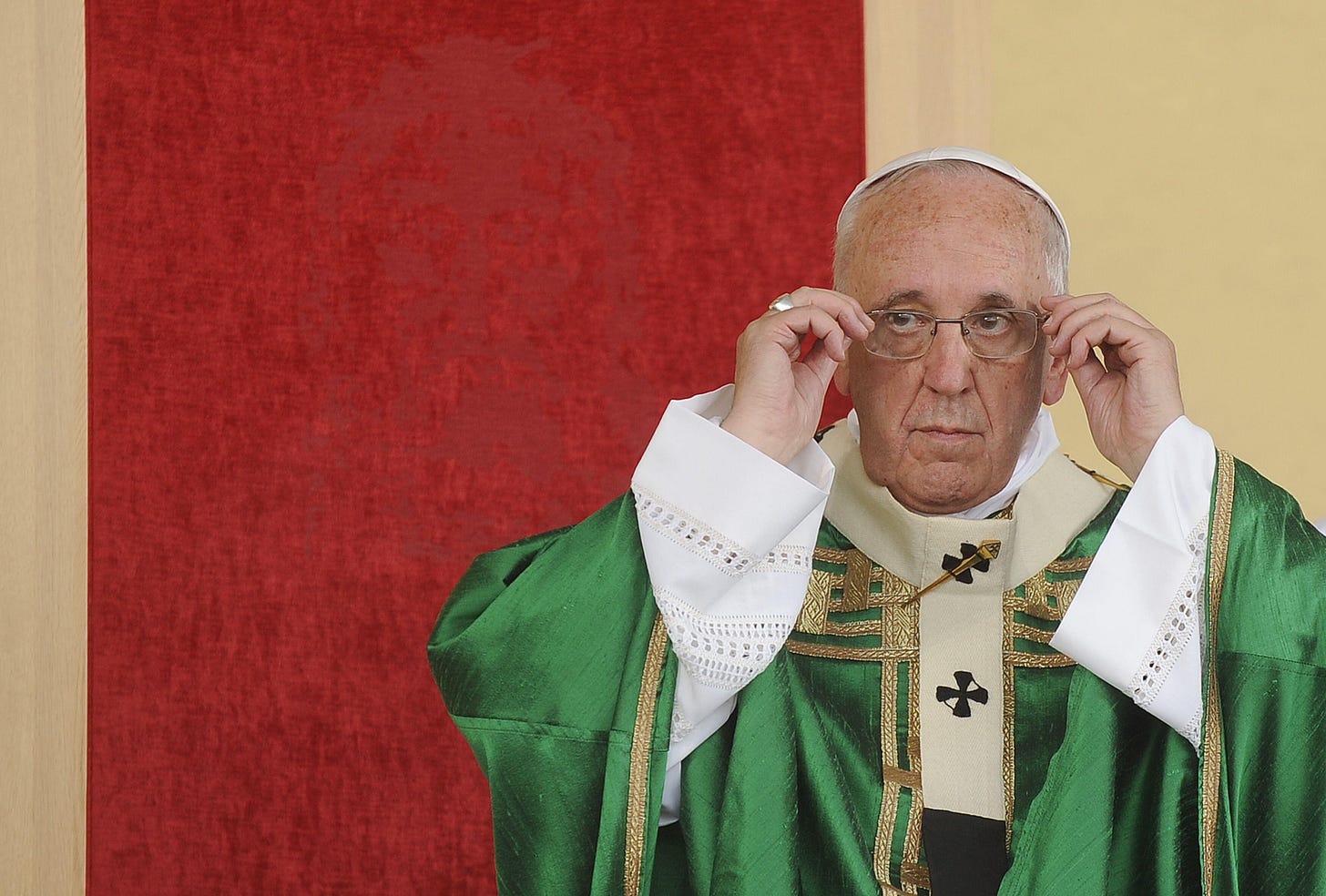
When Pope Francis met with Bishop Gustavo Zanchetta in 2015, it was to discuss allegations that the bishop had pornography on his phone: sexually explicit images of young men, and of himself.
Zanchetta told …

When Pope Francis met with Bishop Gustavo Zanchetta in 2015, it was to discuss allegations that the bishop had pornography on his phone: sexually explicit images of young men, and of himself.
Zanchetta told …